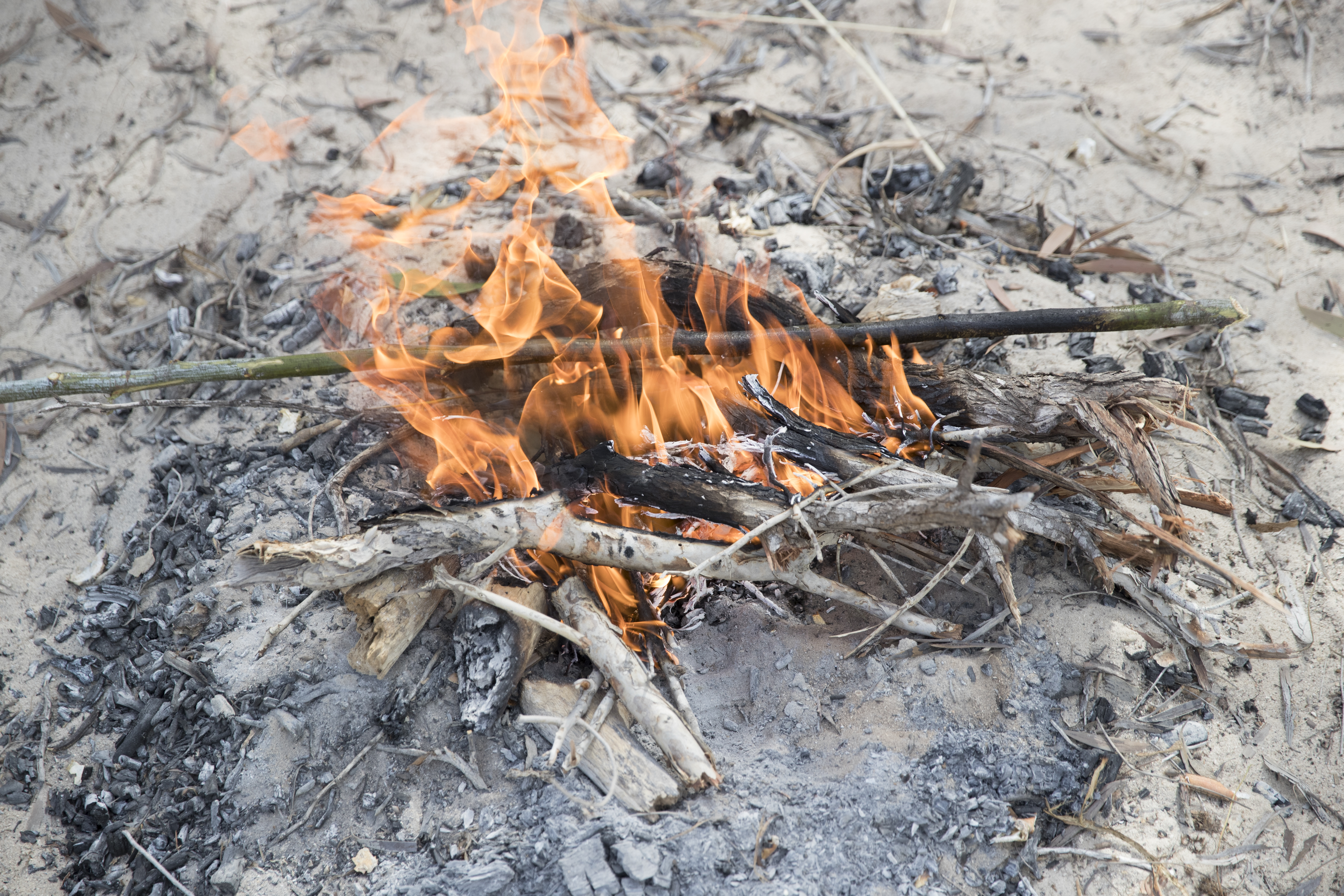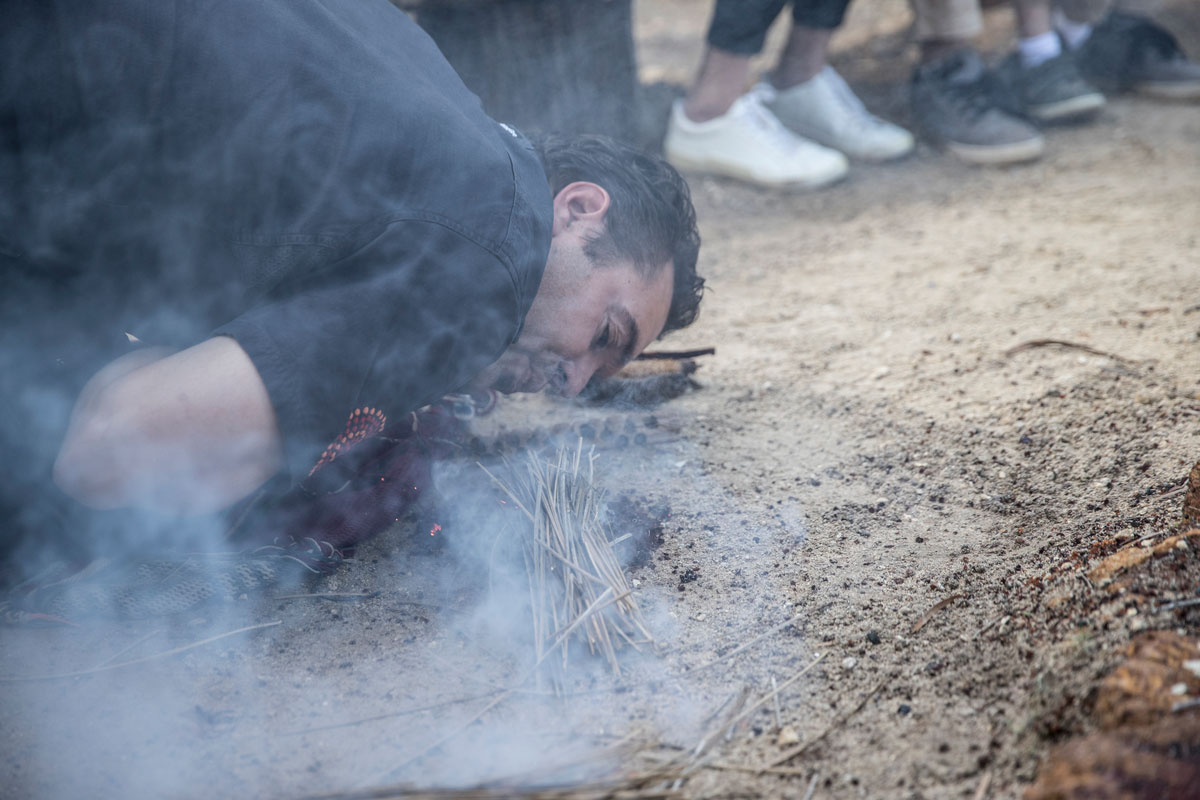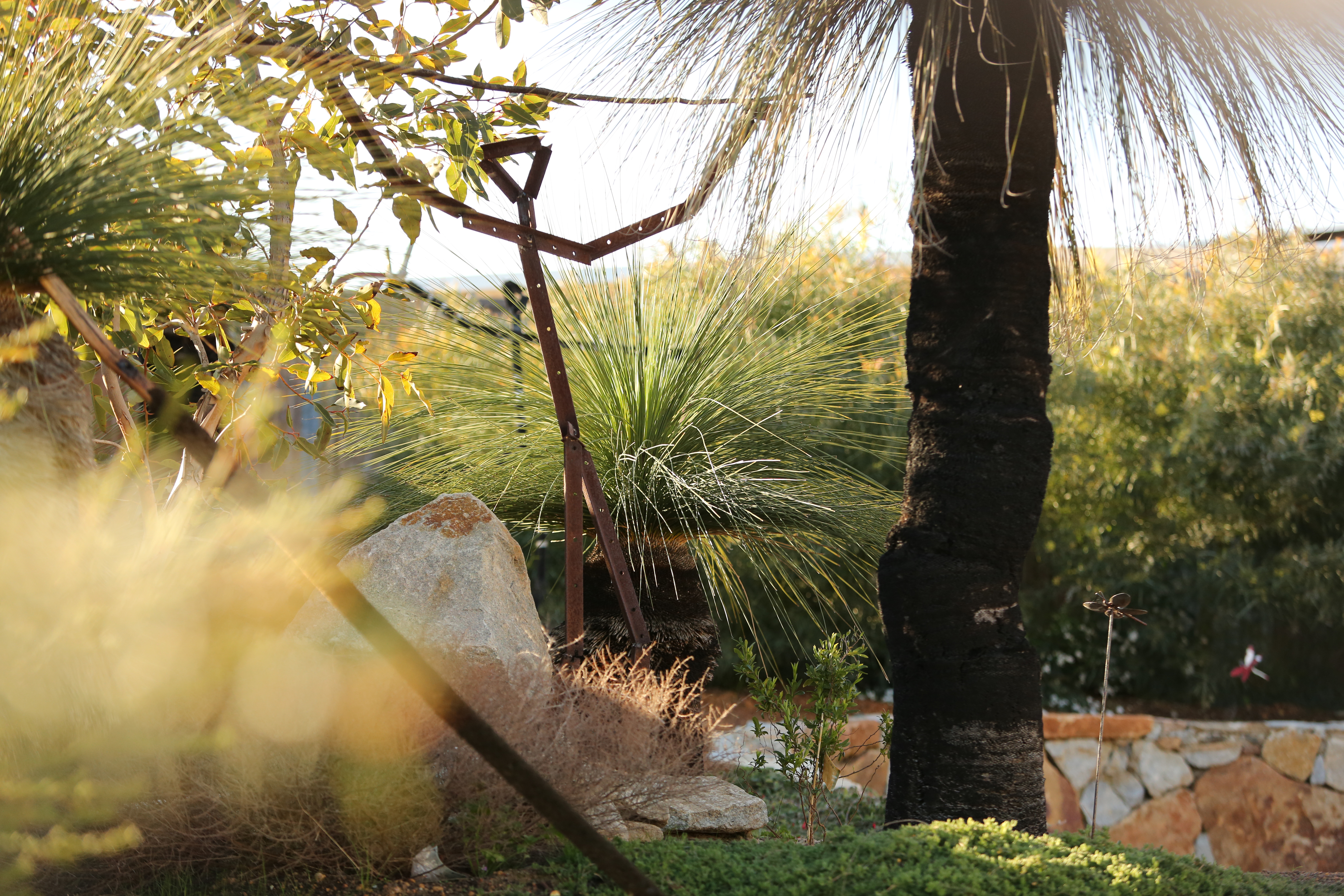

During the Noongar season of Birak, Decemeber to Jananary, our fire-ban season, the local Noongar people would consistently use fire to maintain the land, help native regrowth and support traditional hunting practices.
During the 20th century, there was an emergence of uncontrolled wildfires, due to the cease of land maintenance. Traditionally, the local Aboriginal people would ensure the fire burned slowly, in mosaic patterns, and would utilise what is called ‘cool burning’.
Cool fires are fires that are performed at night-time or early mornings, as the plants would sweat their flammable oils during the day. They would burn at a lower intensity with minimal damage to the mid or upper layers of the bush. This type of burning was vital for the Noongar people. It allowed for easier movement through country, including maintenance and access to sacred sites, among other practices.
This would also foster new growth. The plants that regenerated the quickest were usually those that provided the most nutritional value to the Noongar people. The fire would also support grass regrowth, in specific ways that maintained the ecological systems.
These are just a few ways that fire would be used for land maintenance by Noongar people, although there are many other uses for fire, through culture, spirituality, cooking, etc, it is amazing to discover the traditional ways of getting through the season through fire!
To learn more about fire making and burning practice find our members here
